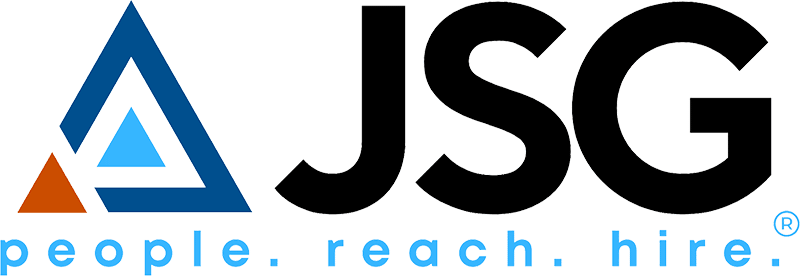Submitting job applications online is kind of like playing darts blindfolded. You’re not sure where you’re throwing or where they’ll land. It’s a shot in the dark, and we’ve all been there.
In the digital age, most resumes never reach the desk of human resources or the hiring manager. They’re automatically processed and stored into an application tracking system (ATS). An ATS is a software application that allows employers to search through thousands of resumes to quickly find top-level candidates for job applications. Yep, your resume is being analyzed and filtered by bots.
So, how do you get your resume past the bots and into the hands of your potential employer? Keywords.
How to get past application tracking systems
Companies started incorporating ATS to simplify the recruiting process. Nobody has time to review and sort through hundreds (or even thousands) or resumes. ATS do the heavy lifting for HR and recruiters by scanning a database of resumes from desired keywords and criteria at once.
Application tracking systems help recruiters quickly filter out unqualified candidates, saving them much needed time and energy. However, good candidates can also slip through the cracks. You could be the most qualified candidate for the position, but if your resume doesn’t have the required keywords, your application will never make it past the ATS.
Mirror the job description
To ensure your resume makes it through the application traction system scan, you need to add relevant keywords to your resume. That means you must customize your resume for every job application. And the best way to do that is to mirror the job description.
Now, I am not saying to copy and paste entire sections of the job description in your resume. But spend some time and carefully read through the job description. Highlight some keywords that stand out in the description and utilize them in your resume.
If the description uses a specific keyword or phrase that’s pertinent to the job, add them to your resume! For example, if a job description for a marketing manager is looking for someone to “develop and execute comprehensive marketing plans and programs,” it’s probably a good idea to work this phrase somewhere in your resume.
Essentially, to describe how you meet every requirement in the description, you need to use the same words in your resume. No more submitting the same resume to every job opening!
Avoid generic keywords and be specific
The ATS is very intelligent, but it is not as intuitive as a human. Therefore, you need to avoid generic keywords to ensure your resume lands on the desk of a hiring manager.
When using acronyms, it’s better to play it safe and use both the spelled-out version and the acronym itself. An application tracking system doesn’t always recognize that “SEM” is the same thing as “Search Engine Management.” It’s important to take the time to analyze the specific job description keywords you’re applying for.
Don’t “stuff” your application with keywords
Have you heard of keyword stuffing? That’s when you load a web page or job application with keywords or numbers in an effort to manipulate the system. And this is never a good practice on a job application.
Remember, even if your resume gets through the ATS, it must get past HR or a hiring manager. Never try to trick the system. If you are unsure if your resume has too many keywords, print it out and read it out loud. If it is difficult to read and sounds funky, you probably overdid it with the keywords. Try to find a good balance between optimizing your application for an ATS and a human reader.
Customizing your job application can be a pain in the neck, but if you want to make it through those pesky application tracking systems, it’s well worth your time!





